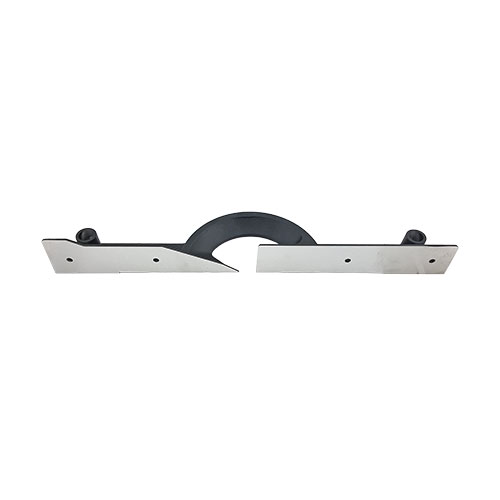I've borrowed a mates DeWalt mitre saw. Halfway through making the raised flowerbed, I noticed this....

The back guide plate or whatever it's called is not straight. It deviates from the centre line on both sides (ignore the chewed up plastic thingy).
So if you have to cut an inch off a piece of wood, and one lines up the wood with the back guide, you get something other than a 90deg cut....
There is no visible damage, it's a piece of cast metal, no cracks, all looks kosher. Is this how it's supposed to be?
The back guide plate or whatever it's called is not straight. It deviates from the centre line on both sides (ignore the chewed up plastic thingy).
So if you have to cut an inch off a piece of wood, and one lines up the wood with the back guide, you get something other than a 90deg cut....
There is no visible damage, it's a piece of cast metal, no cracks, all looks kosher. Is this how it's supposed to be?





